General Info – summary
This dry area, often-solitary Tree, with its rough trunk may reach 10+m high or it may be a small tree or shrub. The relatively small bipinnate Leaves have impressive spinescent paired stipules and spaced paired pinnules (leaflets). Tiny regular Flowers with exserted stamens are in golden spherical capitate spikes. Each distinctive ear-shaped Fruit is a thick hard pod containing seeds that are not in the usual single line.
Description
Vachellia erioloba
Previous Names: Acacia erioloba, Acacia giraffe.
SA Tree No. 168.
Common names: (Afr) Kameel Blom, Grootdoring, Kameeldoring, Kameeldoringboom, Rooihoutdoring, Swartkameel, Swartkameeldoring, Vaalkameel. (Eng) Black-barked Camel Thorn, Camel Thorn, Giraffe Thorn, Giraffe Tree, Mimosa, Transvaal Camelthorn. (IsiNdebele) Umfola. (Northern Sotho) Mogohlo, Mosu. (Setswana) Mogotho, Mogôtlhô, Mokala, Mopatsaka. Motlhabakgosi, Mpatsaka. (Tshivenda) Musivhitha.
Family: Fabaceae, or Leguminosae (Pea, bean or legume family). After the Orchidaceae and the Asteraceae, the Fabaceae is the third largest Angiosperm (flowering plants) family with 700+ genera and close to 20 000 species. Local Tree genera on this website include Acacia (Vauchellia, Senegalia), Albizia, Bauhinia, Bolusanthus, Burkea, Calpurnia, Colophospermum, Cordyla, Cyclopia, Dichrostachys, Erythrina, Erythrophleum, Faidherbia, Indigofera, Mundulea, Peltophorum, Philenoptera, Piliostigma, Schotia and Xanthocercis. The Fabaceae are recognisable by their fruit and by their pinnately compound Leaves. Leaves may also be simple – even bilobed and usually have stipules – some of which may be spinescent. Leaflets are usually entire. Flowers are bisexual and bracteate. Regular flowers usually have 4-5 sepals and the same number of petals. Irregular flowers have 4-5 sepals and 5 or less petals. Stamens have anthers that have 2 pollen sacs and there are usually at least twice the number of stamens as petals – often 10. The superior Ovary has 1 locule containing 1 or more ovules. The Stigma and Style are simple. The single carpel develops into the Fruit, which is usually a pod. The mature pods may dehisce or break into segments. Seeds vary.
Name derivation: Species of the genus Vachellia and Senegalia were considered members of the genus Acacia until 2005. New Names. The genus Vachellia was named after George H. Vachell (1789 – 1839), chaplain and plant collector in China. Here the inflorescence is capitate (head like) and spinescent stipules are present. Plants in the genus Senegalia – (from Senegal) usually do not have spinescent stipules and the inflorescence is usually a spike. erioloba refers to the fruit which is found in the ear-shaped pods.
Conservation: National Status: L C. (Least Concern). Assessed: 2015 (L. von Staden and D Raimondo). The use of the wood for fuel is becoming a problem.
Tree
This wide spreading umbrella-shaped or rounded crown (photos 126 & 821) is usually up to 15m high but is often only a 2m high shrub in drier areas. The Trunk (photo 835) has a rough, dark greyish to red brown even blackish Bark, which may become fissured into long strips (photo 835) and may flake off when old. Young branches are distinctly shiny red, purple to grey and angled between each pair of thorns (photo 823 – under Leaves). Branches may droop or are flattened and spreading.
- 126. 2017/09/19. Pretoria NBG. Photo: David Becking.
- 821. 2016/10./11. Pretoria NBG. Photo: David Becking.
- 835. 2016/10/11. Pretoria NBG. Photo: David Becking.
Leaves
The Leaves are bipinnate (compound: twice-pinnate leaves. The rachis – central axis has hairless lateral pinna “branches” not leaflets and the pinnules (leaflets) are on these “side branches”). The Foliage is dense but delicate. Leaves have up to 5 pairs of hairless pinnae (sub-divisions) – each with 8-18 pairs of pinnules (leaflets). Each blue-green leaflet is up to 13 x 4mm and there are distinct spaces between them (photo 828). Individual leaflets are oblong to narrowly obovate (photo 262). The end pair may curve outwards. A small gland may occur at the junction of each pair of pinnae and may be difficult to see. Veins are slightly more visible below and best seen against a strong light (photo 262). The glandless and hairless Petiole (leaf stalk) is less than 2cm long. Stipules (basal appendages of the petiole) are spinescent (having or becoming spiny) with paired, stout, sharp, white or brownish and wicked Thorns that are usually up to 6cm long (photo 825). They are strong, almost straight, vicious and usually falling after about a year. They may be swollen (ant galls) and fused at the base.
- 823. 2016/10/11. Pretoria NBG. Photo: David Becking.
- 825. 2016/10/11. Pretoria NBG. Photo: David Becking.
- 828. 2016/10/11. Pretoria NBG Photo: David Becking.
- 262. 2019/10/08. Pretoria NBG. Photo: David Becking.
Flowers
The tiny sweetly scented Flowers develop after about 10 years. They are contained in attractive yellow or golden, condensed, capitate (formed like a head) Spikes (simple indeterminate inflorescence with many sessile flowers on a long, unbranched peduncle single stalk of flower cluster holding the whole inflorescence – photo 336). Spikes occur in scattered tufts in axils of the leaves (photo 336) and not in panicles at the ends of the branches as in Vachellia (Acacia) karroo. The Calyx is up to 2,5mm long and is campanulate (bell-shaped). The Corolla has 4 small petals which are up to 4mm long (photo 122 showing the small green lobes on both the sepals and petals). The numerous Stamens are exserted (sticking out; projecting beyond – photo 122). The free Filaments are much longer than both the sepals and petals. Together with the golden Anthers, they form the most visible part of the inflorescence (all are visible is photo 336). There is a single Pistil (a unit of the Gynoecium, the female element of the flower, composed of the Ovary, Style and Stigma). Here the superior Ovary has a single locule. A single small terminal Stigma and filiform (thread or filament like) Style is present. After its own pollen has been dispersed, the style lengthens and extends the stigma past the anthers. It then becomes receptive to other pollen. This helps to ensure cross-pollination. (Jul-Nov).
- 336. 2017/10/02. Pretoria NBG. Photo: David Becking.
- 122. 2017/09/19. Pretoria NBG. Photo: David Becking. Partly dissected.
Fruit
The relatively large and very distinctive Fruit is a hard, flattish and hairy indehiscent Pod (photo 362). This indehiscence is unusual. The pod is often half-moon shaped, almost externally woody and is initially spongy within. Youngish pods may occur together with darker pods from the previous year (photo 822). These pods may lie on the ground for more than a year before breaking open to release the seeds (photo 832). The pod is up to 2,5cm thick, 13cm long and 6,5cm wide. It is externally grey and velutinous (having a hairy surface that is soft and velvety). The unusual pod makes tree identification easier. The shiny Seeds (photo 10) are up to 14 x 10mm and are usually scattered in indistinct rows. The dissected pod reveals seeds in more than the typical “one row acacia pod” (photo 09). Horseshoe shaped marking are just visible on the shiny lens-shaped Seeds (photo 10). These seeds are imbedded in the spongy tissue (dissected in photo 09).
- 362. 2018/01/16. Pretoria NBG. Photo: David Becking.
- 832 2016.10.11 Pretoria NBG. Photo: David Becking.
- 09 2016.10.21 Pretoria NBG. Photo: David Becking.
- 40 2016.10.21 Pretoria NBG. Photo: David Becking.
- 822 2016.10.11 Pretoria NBG. Photo: David Becking.
Distribution & Ecology
This is an impressive Tree in the dry Kalahari (semi-arid savanna in southern Africa) including parts of Free State, North West, Zimbabwe, Swaziland, Namibia, Southern Angola, South -western Zambia and Botswana e.g. Kgalagadi Transfrontier Park. About a quarter of this park is in South Africa. It is in the red sand areas of southern Africa that the tree is most conspicuous and becomes the dominant tree. Trees usually occur in an altitude range of 900 to 1 100m. They are also located in the Richtersveld (mountainous desert landscape near the NW corner of the Northern Cape where they are largely dependent on fog for the water supply). Here it is also a dominant tree. Trees are also found further East in Sekhukuniland (South Eastern Limpopo and Mpumalanga). These trees are sensitive to fire. These trees do not occur in the Western Cape, Eastern Cape Kwa-Zulu Natal, Lesotho, Swaziland or Mozambique.
Giraffe consume the Leaves and Flowers. They use their height and long thin tongues to bypass the thorns. Recognition of this contributed to the previous name: Acacia giraffe. The flower Nectar attracts honeybees and enhances pollination. Rhino, elephant, gemsbok, and eland consume the nutritious Pods. Baboons eat young pods. This is an important shade tree in dry areas. The tree is home to sociable weavers (Philetairus socius) in the Northern Cape. They often build their massive spectacular communal nests in these trees. The trees coppices and suckers relatively easily. Like Vachellia karroo, the Roots may penetrate deeply into the soil. Vachellia erioloba roots are among the deepest roots ever recorded for any tree: 60m deep. This is only 1m less than Juniperus monosperma in the Colorado plateau and a eucalyptus tree in Australia. The deepest roots ever recorded are those of the indigenous Boscia albitrunca with a depth of 68m recorded in the Kalahari in Botswana. Hybrids exist between Vachellia erioloba and Vachellia haematoxylon.
Ethnobotany
This is the Royal Tree of southern Botswana and is widely used for shade. The rough Bark tends to hold more water making this tree more likely to explode when struck by lightning, and this may occur before the rain falls. Generally, it is advisable to stay away from trees when a storm approaches. The inner bark has been used to make rope. After roasting, the Seeds are used as a coffee bean substitute. Pods are nutritious and eaten by domestic animals and may increase milk yield. Prussic acid (Hydrogen cyanide) may be present in young pods. Green leaves may also have large quantities of prussic acid and, provided they are eaten slowly, seem to have little effect on animals. The good quality Gum – called Cape Gum, is extractable from this plant. It is astringent and good tasting. The Acacia rat (Thallomys paedulcus) consumes the gum, leaves and seeds. There is a clear distinction between the light sapwood and the much darker, reddish brown heartwood (photo 837). This Wood is very hard – ranked 6th in the world. It is also strong and is resistant to borers and termites. The wood was used to make machinery bearings and wagon parts. It is still used as fuel and for hoe, pick and axe-handles. Bushmen make quivers for their arrows from the outer layer of straight Roots. Roots are used to make flutes. Growing. Seeds need either to be collected from dung or scarified before planting and, once germinated, should be rapidly transplanted because of the long taproot. This should be before the seedling reaches 0,5m high. The tree is slow growing – a maximum of 0,5m per year. Young seedlings need watering and thereafter they are drought resistant. This is a street tree in Mokopane (Potgietersrus). The fallen (an annual event) paired spines can penetrate tyres and some footwear.
- 837. 2016/10/11. Pretoria NBG. Photo: David Becking.
References
Burrows, J.E., Burrows, S.M., Lotter, M.C. & Schmidt, E. 2018. Trees and Shrubs Mozambique. Publishing Print Matters (Pty) Ltd. Noordhoek, Cape Town.
Coates Palgrave, M. 2002. Keith Coates Palgrave Trees of Southern Africa, edn 3. Struik, Cape Town.
Jennings CMH (1974). The hydrology of Botswana. PhD thesis, University of Natal, South Africa.
Lawrence, G. H. M, 1951. Taxonomy of Vascular Plants. The Macmillan Company, New York. Tenth Printing 1965.
Ross, J. H. A conspectus of the African Acacia Species. 1979. Botanical Research Institute.
Palmer, E. & Pitman, N. 1972. Trees of southern Africa. Balkema, Amsterdam, Cape Town.
van Wyk, B. & van Wyk, P. 1997 Field guide to Trees of Southern Africa. Struik, Cape Town.
von Staden, L. & Raimondo, D. 2015. Vachellia erioloba (E.Mey.) P.J.H.Hurter. National Assessment: Red List of South African Plants version 2020.1. Accessed on 2022/06/30.
https://en.wikipedia.org/wiki/Vachellia_erioloba
http://plantzafrica.com/plantab/acaciaeriol.htm
http://jacanaent.com/Library/Trees/CamelThorn.htm
http://tropical.theferns.info/viewtropical.php?id=Vachellia+erioloba
http://posa.sanbi.org/flora/browse.php?src=SP
https://en.wikipedia.org/wiki/Root
https://www.wood-database.com/wood-articles/top-ten-hardest

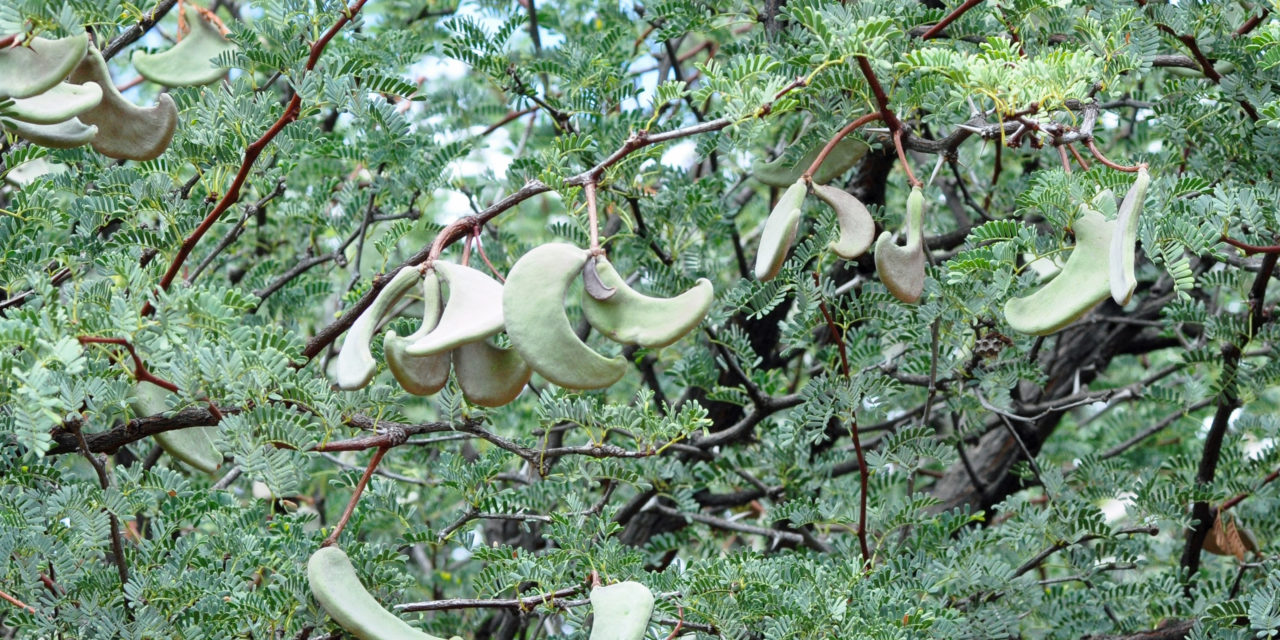
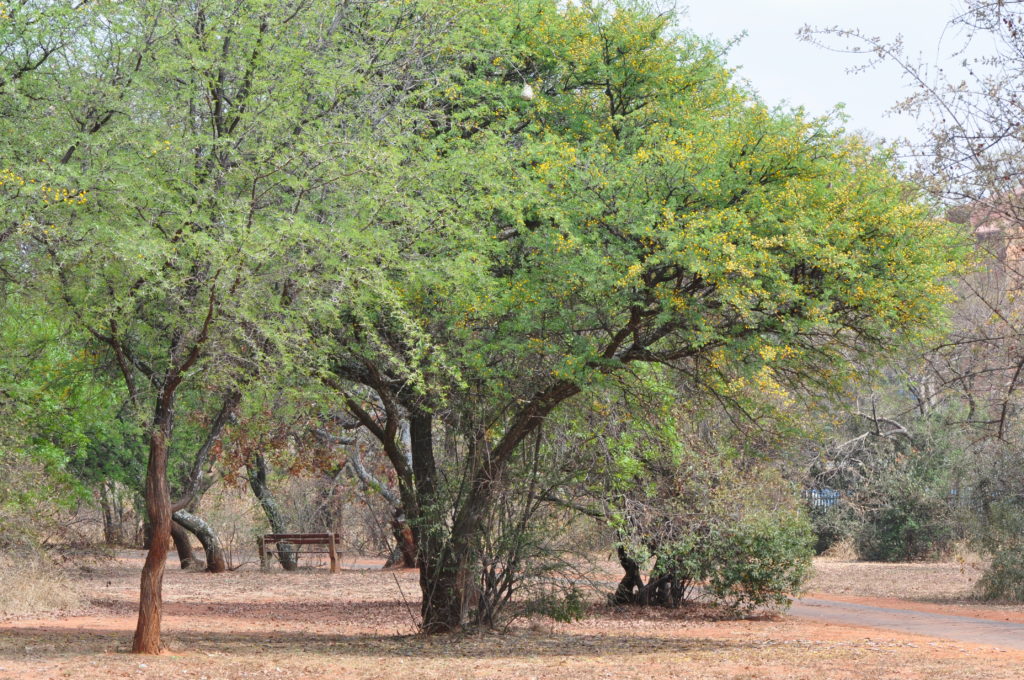
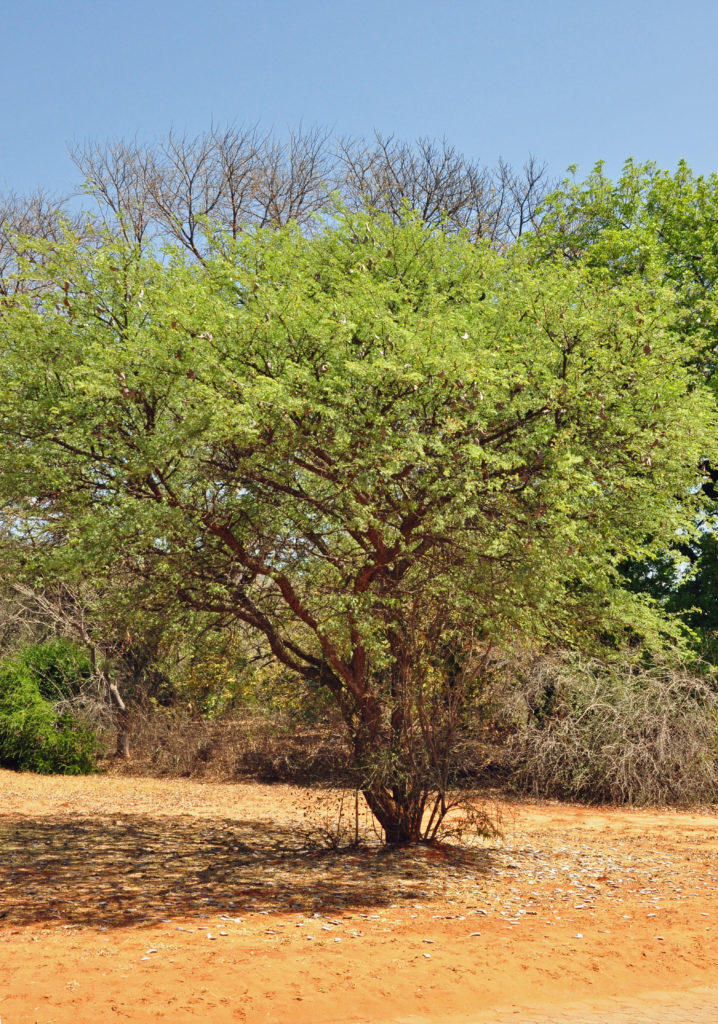
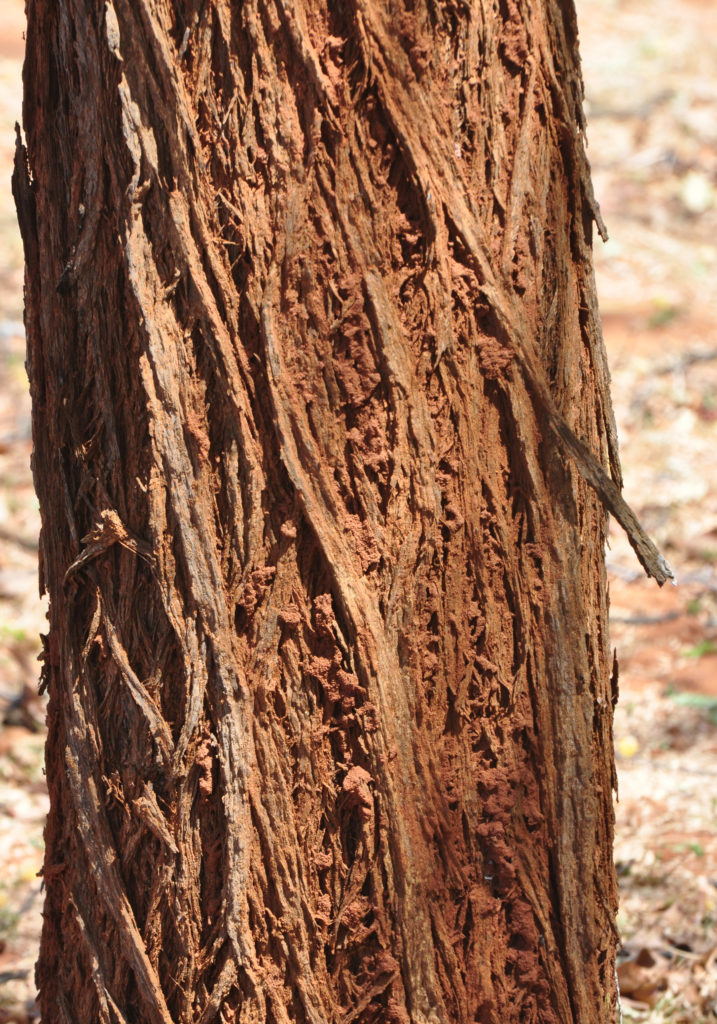
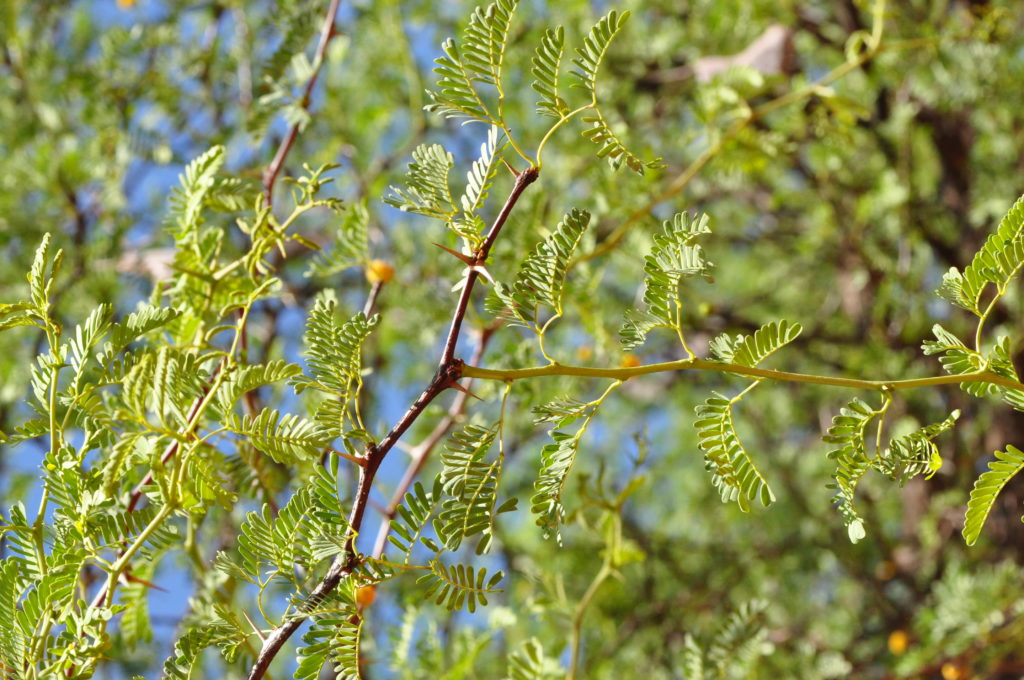
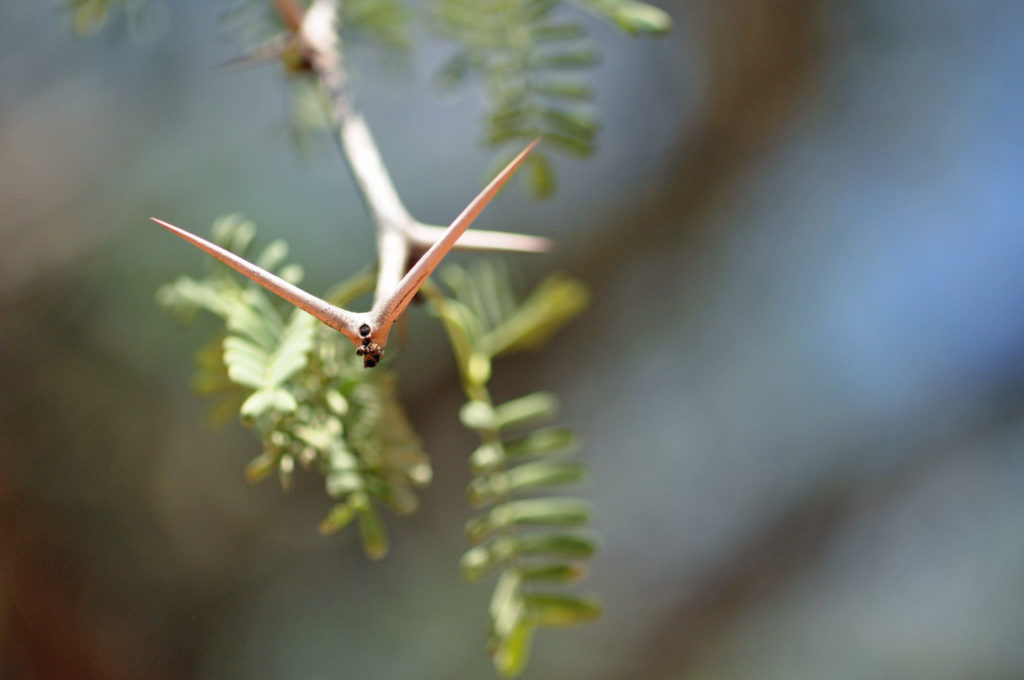
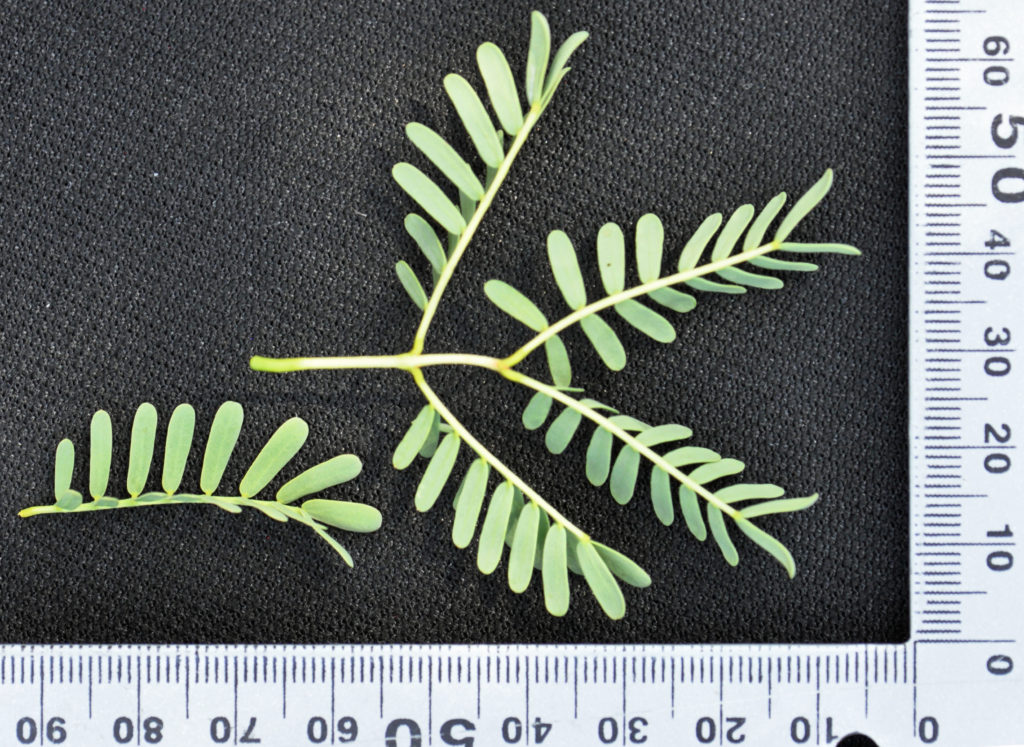
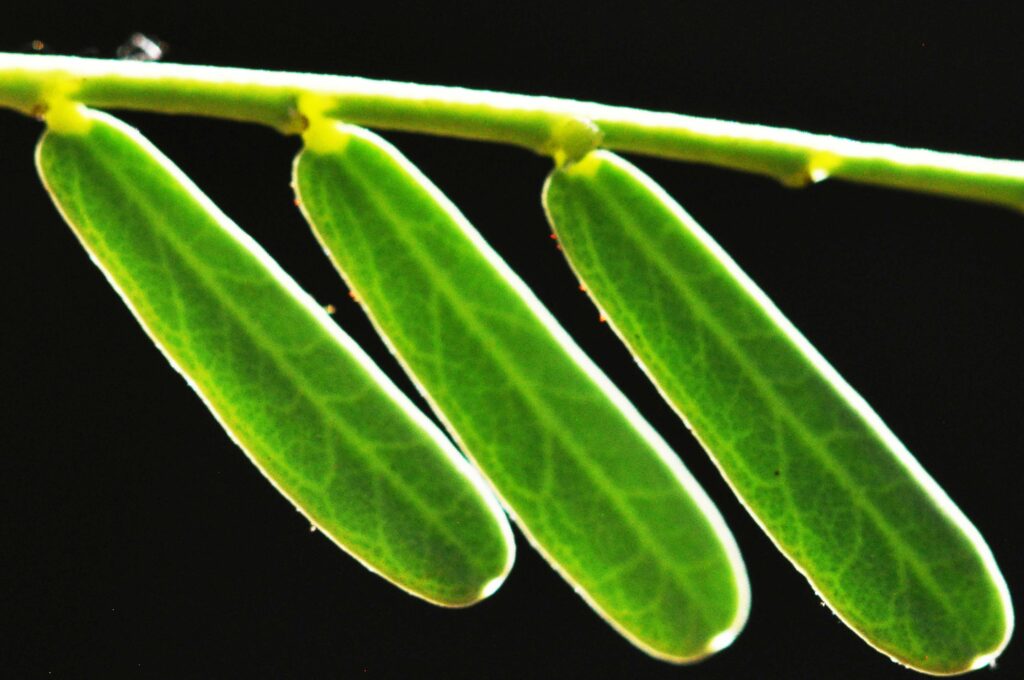
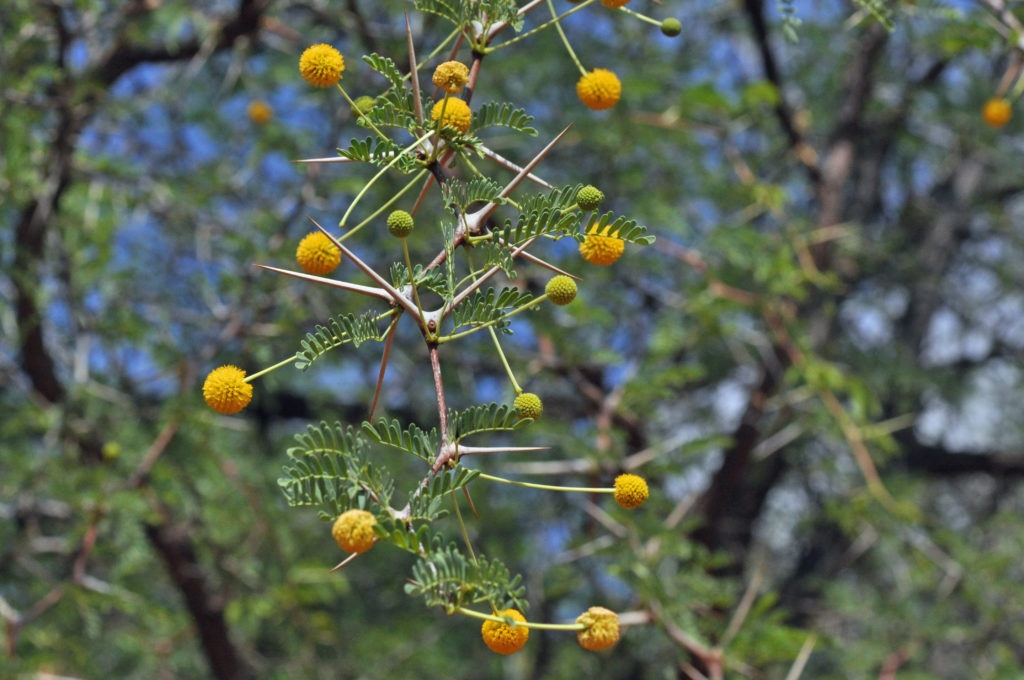
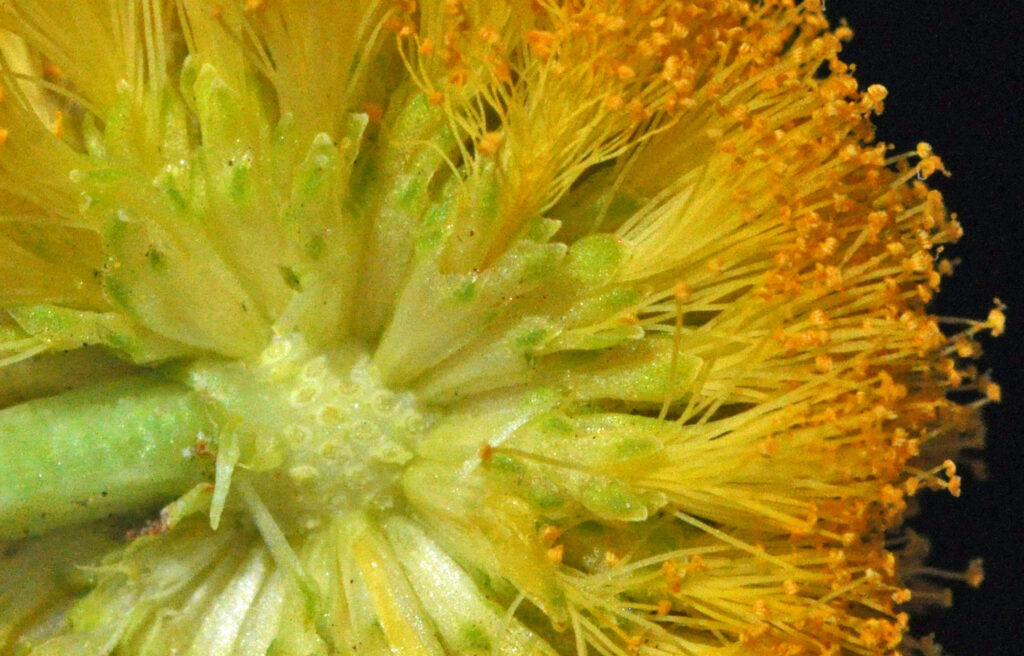
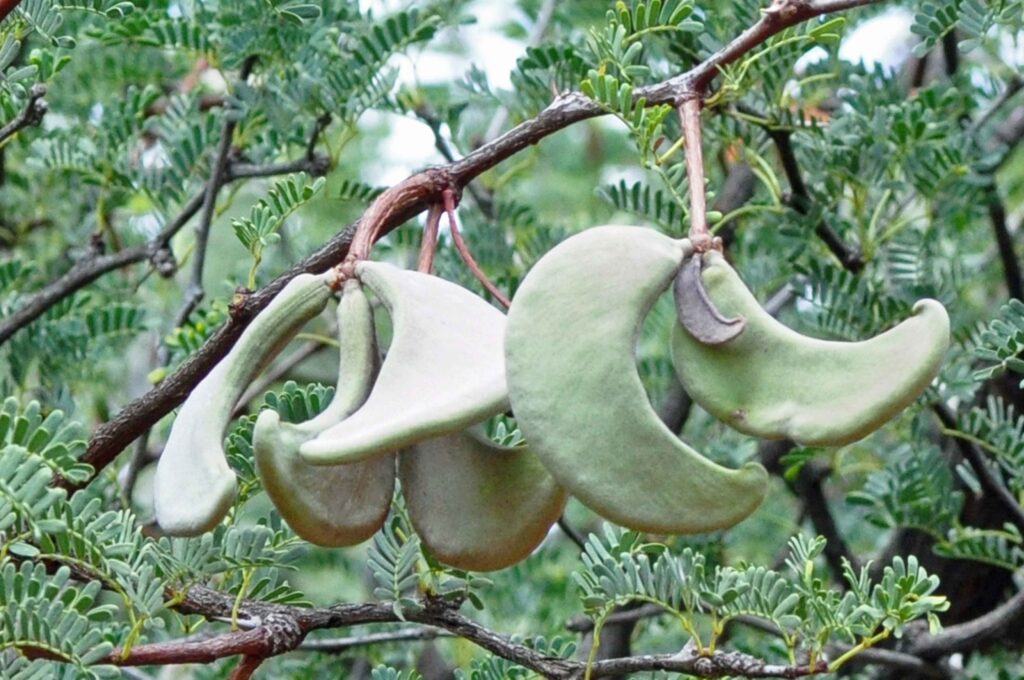
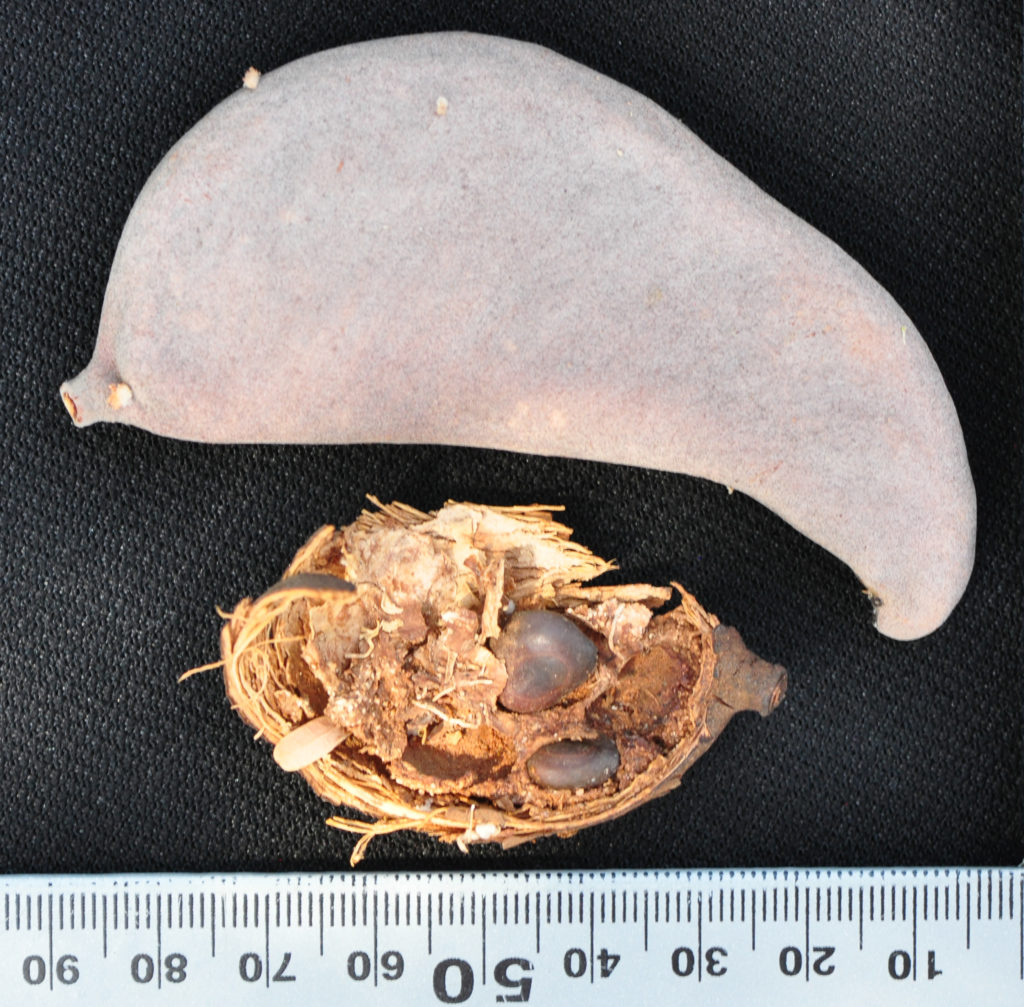
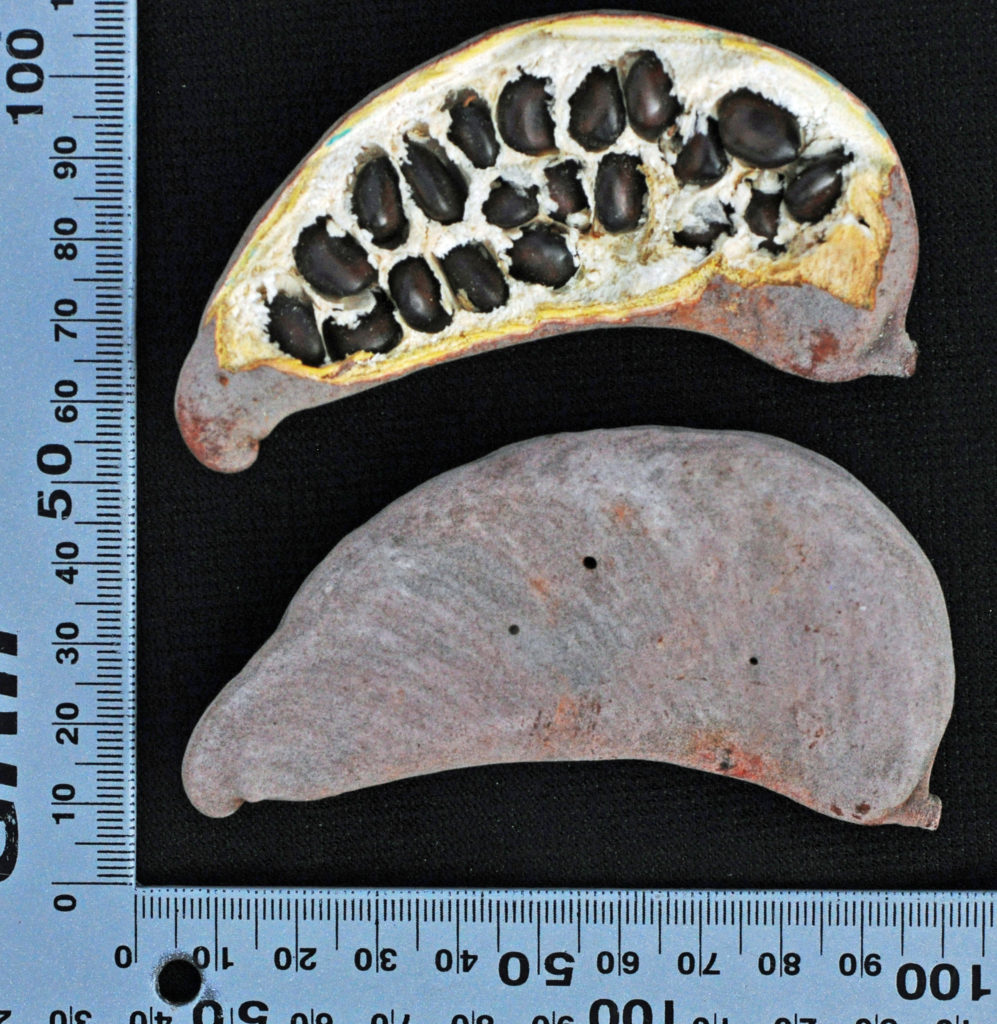
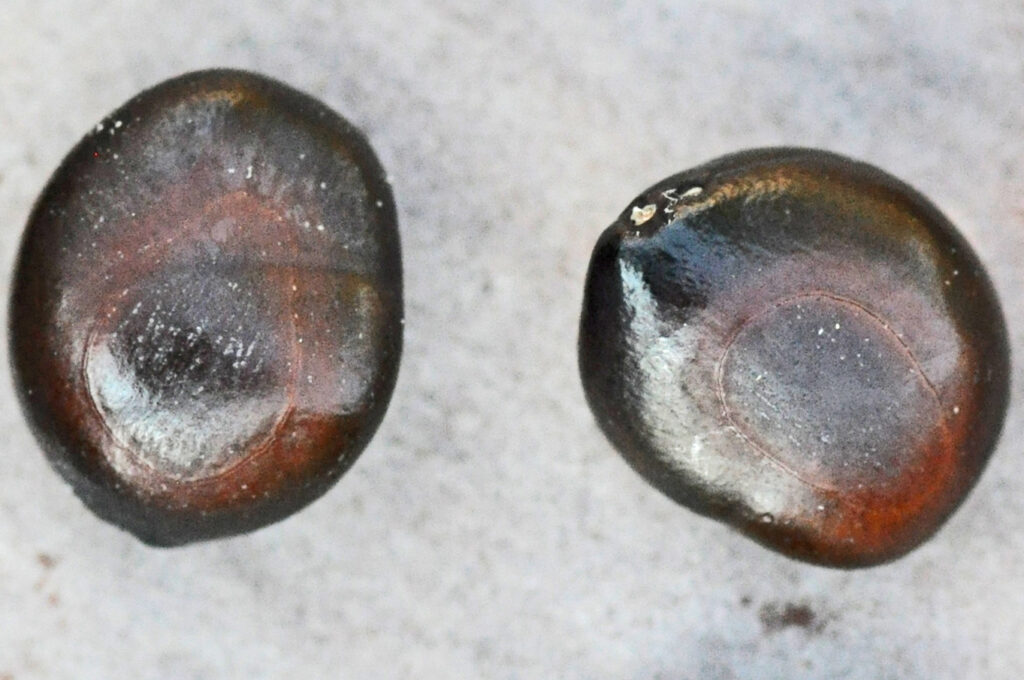
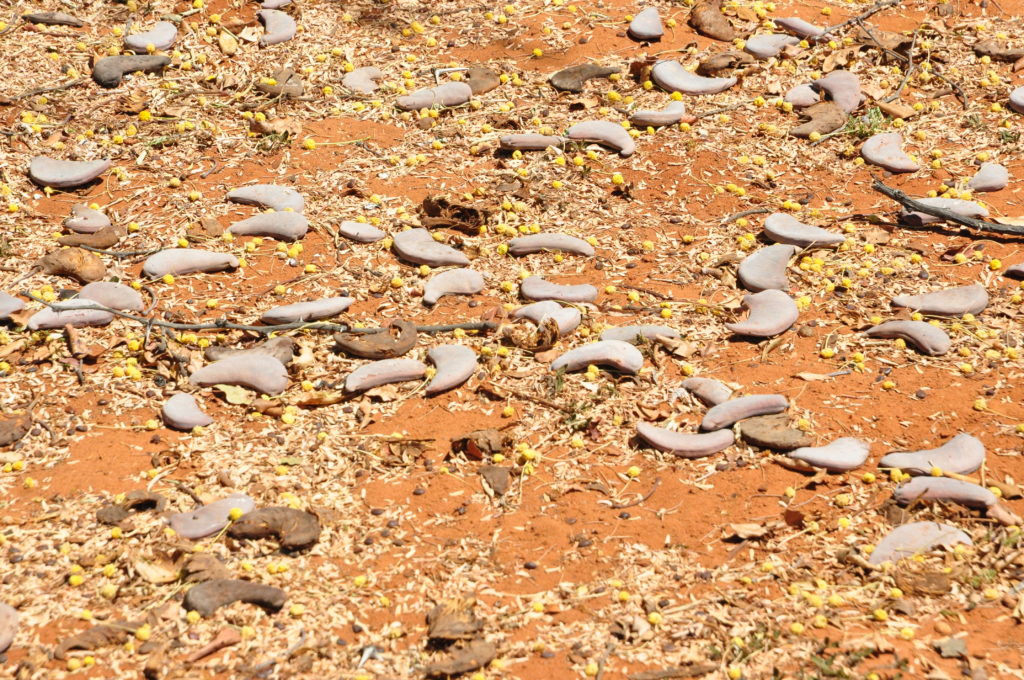
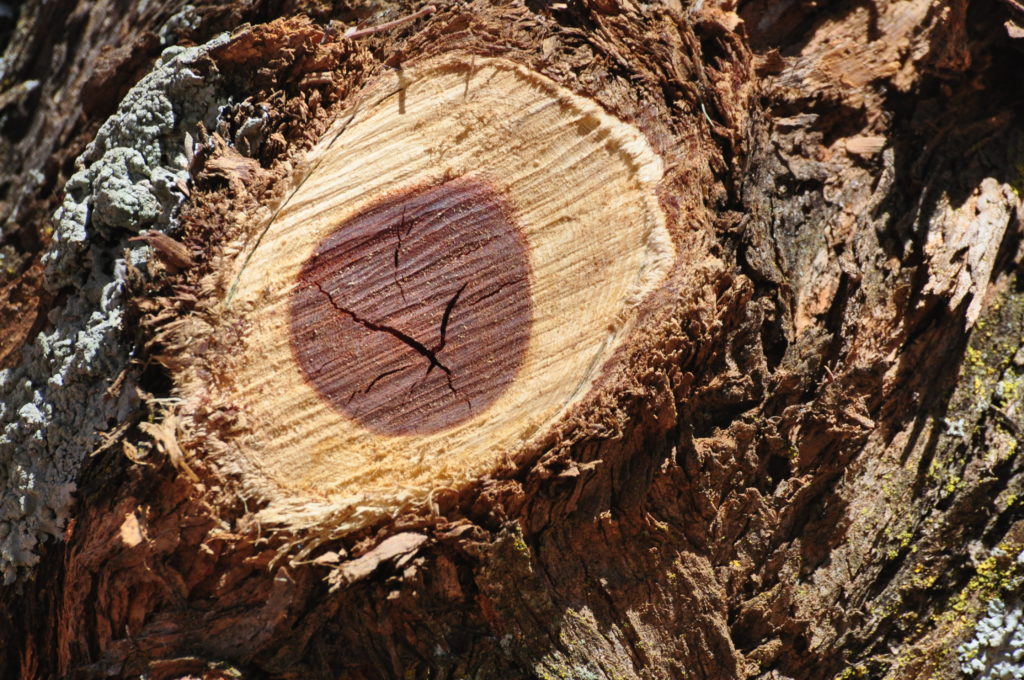
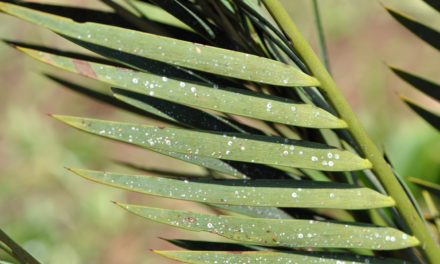
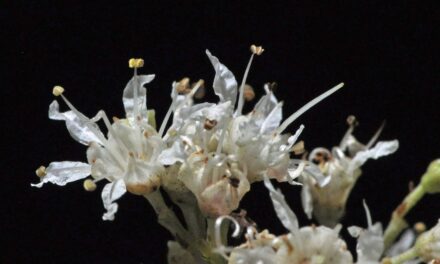
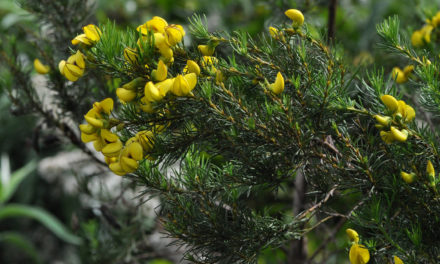
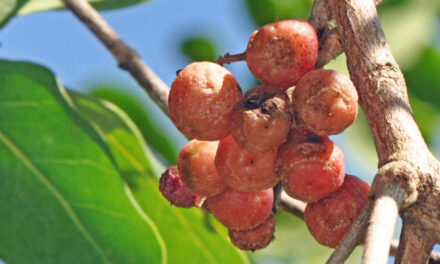
Excellent information and well presented. Thank you!
I have done a lot of updating since your positive comment. I have recently upgraded a really interesting tree. You might appreciate it. http://treesa.org/erythrophysa-transvaalensis/. I have reached nearly 300 trees so far – keeps me out of the kitchen! Take care. Dave.